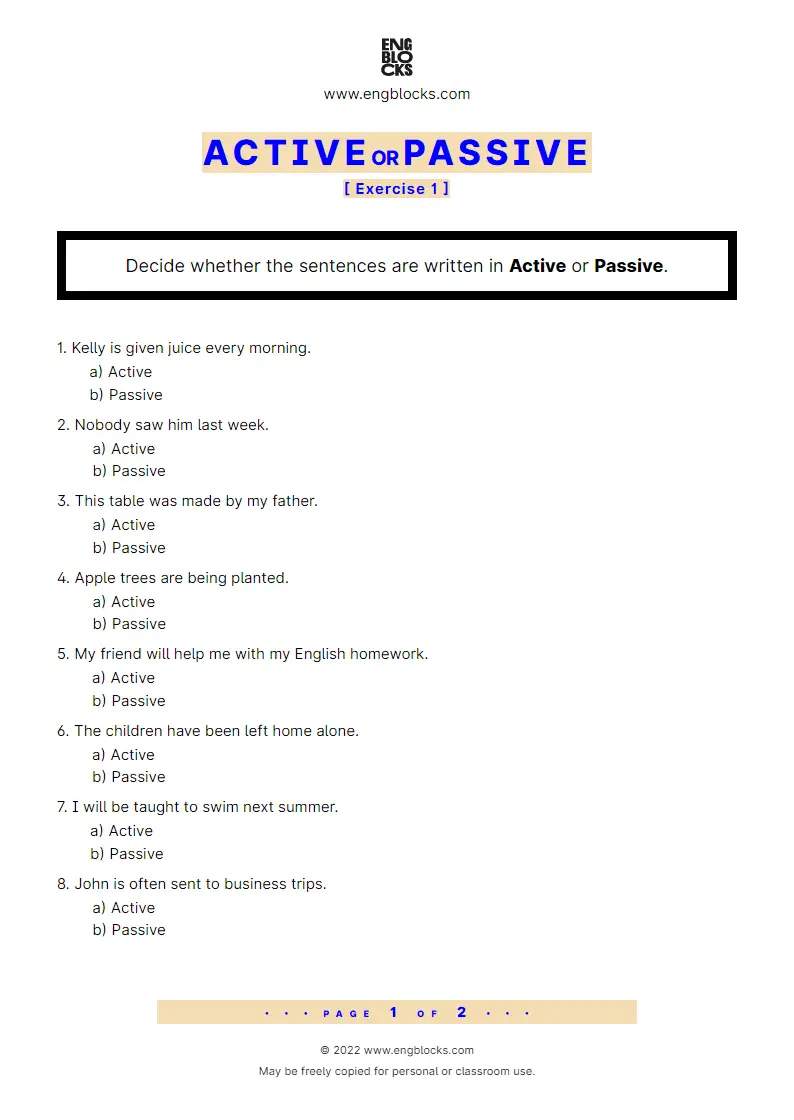When it comes to writing in English, one of the most important aspects to consider is the use of passive voice. While it may seem like a simple concept, understanding how and when to use passive voice can greatly impact the clarity and effectiveness of your writing. By mastering passive voice grammar, you can improve the overall quality of your writing and better communicate your ideas to your audience.
Passive voice is a grammatical construction in which the subject of a sentence is the recipient of the action rather than the doer. In passive voice sentences, the focus is on the action itself rather than the person or thing performing the action. This can be useful in situations where the doer is unknown, unimportant, or when you want to emphasize the action rather than the doer.
One common mistake that writers make is overusing passive voice, which can lead to unclear and awkward sentences. It is important to strike a balance between using passive and active voice to ensure that your writing is engaging and easy to understand. Passive voice should be used strategically to enhance your writing, not hinder it.
Another important aspect of passive voice grammar is understanding how to identify and correct passive voice sentences. One way to recognize passive voice is to look for forms of the verb “to be” followed by a past participle. By being able to spot passive voice constructions in your writing, you can make the necessary revisions to improve the clarity and flow of your sentences.
Additionally, using passive voice can be beneficial in certain situations, such as when you want to focus on the action rather than the doer, when the doer is unknown, or when you want to be more formal in your writing. By understanding when and how to use passive voice effectively, you can add variety and sophistication to your writing.
In conclusion, passive voice grammar is an essential component of writing in English that can greatly impact the clarity and effectiveness of your communication. By mastering passive voice construction, recognizing when to use it, and knowing how to correct it, you can enhance the quality of your writing and better engage your audience. Remember to use passive voice strategically and in moderation to ensure that your writing is clear, concise, and engaging.
